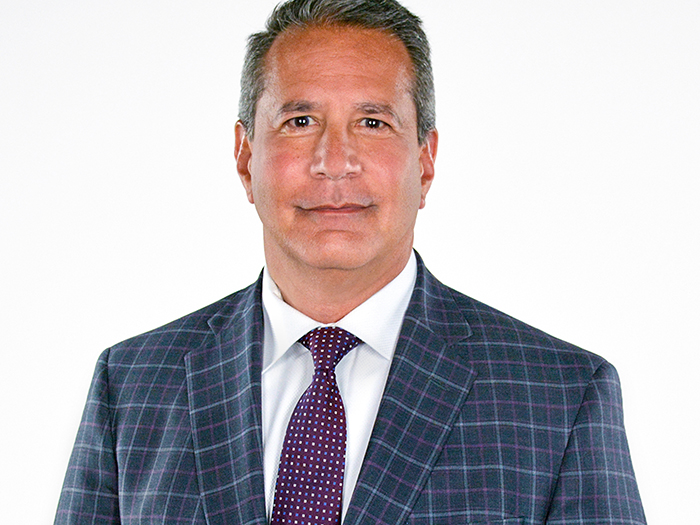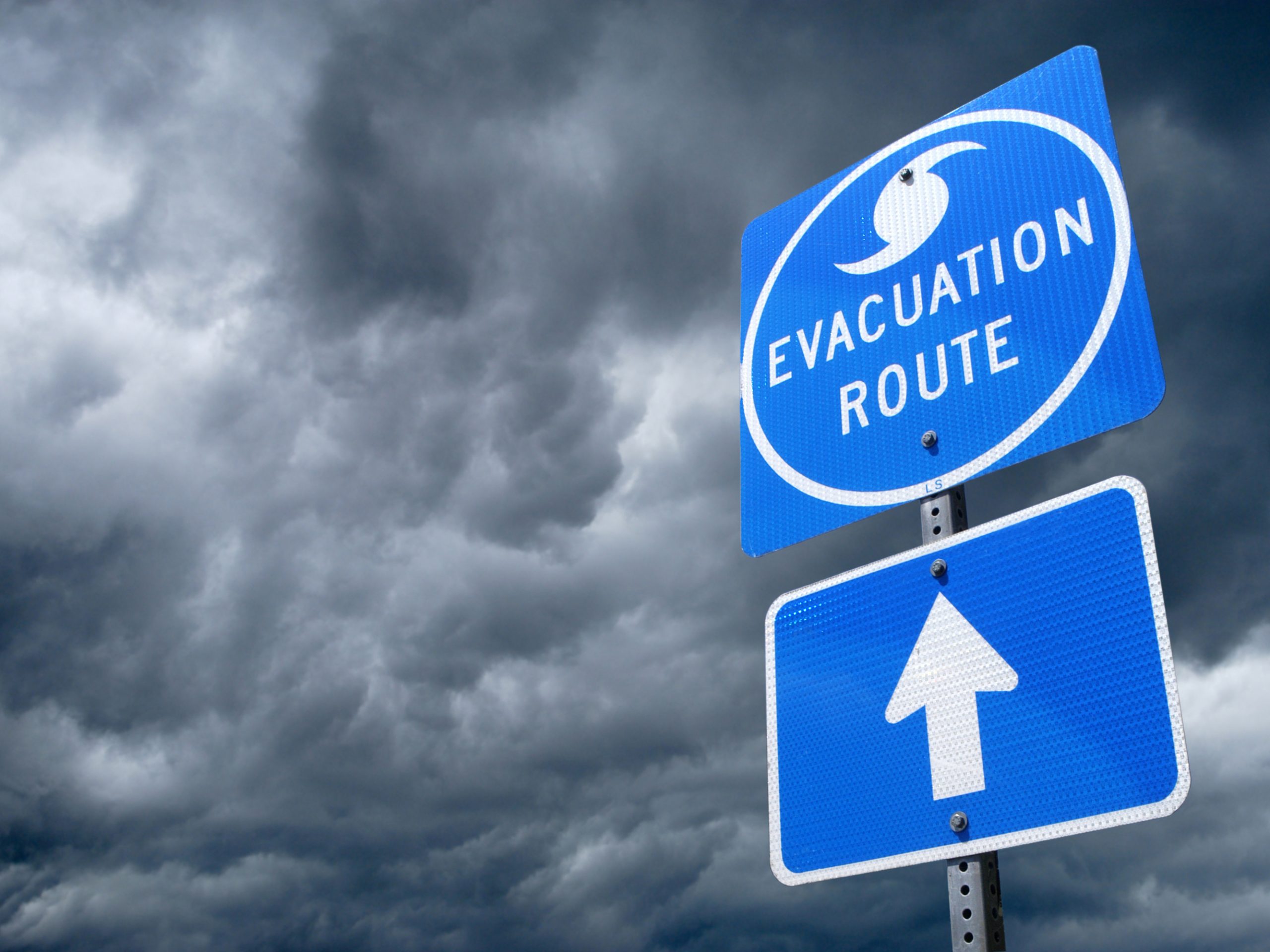Higher Education
Recipe for Claims: Frats and Booze

The insurance industry can and should exert its considerable financial influence to inhibit campus binge drinking, said Doug Fierberg, a Washington, D.C. attorney who represents victims of campus malfeasance.
Schools and their insurers could impose a single policy change — banning alcohol in fraternity housing — that would reduce, without cost, the risk of on-campus injury and death by 75 percent, and severity by more than 90 percent, said Fierberg, author of To End Fraternity Hazing, End Boozing First, published in 2012 in the Chronicle of Higher Education.
Most schools have written alcohol policies that abide by applicable laws, distributed to freshmen at orientation and thereafter ignored, Fierberg said.
That’s reasonably manageable in on-campus dormitories, which are usually owned by the institution, supervised by resident advisors and subject to campus and municipal policing.
Fraternity houses, however, are usually owned by their respective Greek organizations, often have no supervisory adult on the premises and are off-limits to campus police except under exigent circumstances.
Managing frats isn’t so easy, said Leta Finch, national leader, higher education practice, Aon Risk Solutions. “When an institution has a close relationship with a fraternity and can manage what goes on in its house, the insurer has greater leeway in terms of coverage, premiums and exclusions.”
“We suggest administrators ask, ‘Where are your reports coming from on Saturday night? A concert? A Greek house?’ Those are where risk managers need to focus.” — Mike Krackov, senior claims counsel, United Educators
In the absence of a close relationship between school and frat, however, the school creates an arms-length relationship with the fraternity, especially with regard to the liability associated with alcohol consumption, she said.
A 1993 Harvard study found that 44 percent of college students binge drink, defined by the National Institute on Alcohol Abuse and Alcoholism as five or more drinks in about two hours for men, four or more for women.
Recent studies find that more students are partying harder now, “pre-gaming” and choosing hard liquor over beer. Many drink to the point of blacking out.
The Harvard study found students drank more on campuses with a strong drinking culture, few alcohol control policies on campus or in the surrounding community, weak enforcement, and easy accessibility through low prices, heavy marketing and special promotions.
Frats and Booze
According to a more recent Harvard study, fraternity residence or membership is the strongest predictor of binge drinking, and four of five students who live in fraternities are binge drinkers. Sororities no longer permit drinking on their premises.
The NIAAA reports more than 1,800 alcohol-related student deaths every year, another 600, 000 injuries and nearly 100,000 sexual assaults. One quarter of students say their academic performance has suffered from drinking.
Still, by tradition and articles of incorporation, “fraternities demand and colleges allow the model of self management by 18- to 22-year-olds who are unsupervised, mostly exempt from campus security, completely incapacitated, clouded by allegiance to their fraternity and brotherhood, or simply untrained in identifying and managing risk,” Fierberg said.
This model of risk management, or lack thereof, doesn’t exist in any other industry, he said.
Attempts to make fraternities dry, including those by the Greek industry, have been stymied by a student culture that sees drinking as a “basic right,” according to the Chronicle of Higher Education. Fraternities’ articles of incorporation grant self-management, and a change would require a supermajority vote.
Alcohol is deeply implicated in sexual assault cases; a 2015 United Educators study of its own claims found that 78 percent of sexual assaults involved alcohol.
In one-third of all sexual assault claims UE studied, the victims were incapacitated, defined as drunk, passed out or asleep. Within that group, both the victim and the perpetrator had been drinking in 89 percent of cases.
The fact that most victims — overwhelmingly women — were under the influence when they were assaulted puts a chilling effect on colleges’ willingness to talk about alcohol in sexual assault cases, said George Dowdall, adjunct fellow, Center for Public Health Initiatives, University of Pennsylvania.
“That’s the third rail, the potential for victim blaming.”
Intractable Problem
Why haven’t insurance companies already advocated for dry fraternities and other mechanisms to limit access to alcohol?
It’s complicated.
Binge drinking ranks lower in the larger catalog of social problems because it’s legal at the age of 21, and alcohol is “totally acceptable” in American culture, said Greg Hunter, area managing director, Arthur J. Gallagher Risk Management Services Inc.
While some carriers may decline to cover fraternities — or increase premiums or deductibles or exclude the risk from their policies — many carriers don’t see their role as heavy-handed influencers of social change. “Insurers are not the alcohol police,” he said.
Premiums have kept pace with risk, said Fierberg, and fraternities have passed through higher premiums in higher dues, which members are willing to pay, in part because they have no basis of comparison.
Ironically, he said, “parents’ homeowner’s insurance policies will likely pay for any litigation involving their sons because of exclusions in the fraternity policies, so it’s really the parents and homeowners’ insurers that are bearing the economic weight.”
Quantifying the problem is itself a problem, said Mike Krackov, senior claims counsel, United Educators, because binge drinking “crops up in unrelated claims,” including sexual assault, premises liability claims, travel abroad claims and personal injury claims.
However, said Hunter, “a large percentage of claims come from incidents on Friday or Saturday nights — party time.”
The insurance industry doesn’t focus on drinking-related claims, said Hunter, in part because claims payments disguise the underlying cause of the claim.
For example, he said, “a hospital visit related to binge drinking will be paid by the health insurer. A drunk driving accident will be paid by the auto insurer.”
General liability and property insurance liability will kick in if there’s a fight in a dorm room, and workers’ compensation will pay for injury to an employee. None clearly relate back to excess alcohol consumption.
Educate the Educators
The reversal of any self-destructive social issue requires attacks from multiple communities — medical, law enforcement, administrative, educational — said Krackov. “To make an impact, we need training on culture change and bystander intervention. We start with incoming freshman and continue for the next four years.”
However, education on responsible drinking should start even younger, said Krackov. By the time students have reached the legal drinking age, it’s already too late. Better to start in middle school, when most students start health-ed classes. This lays the groundwork for later training in high school and college.
Carriers could sponsor some of this, divert some of their advertising spend to middle school alcohol education, Hunter said, but they “don’t see revenue generation as the result of educating people about binge drinking.”
United Educators’ mission includes educating its member-owners, two-thirds of which are institutions of higher education, said Krackov. Its risk management programs include a widely viewed “Know Your Limit” online alcohol usage assessment for college students and “Alcohol and You” for middle and high school students.
United Educators also provides risk management analytic tools, such as checklists for planning campus events, blogs, podcasts and claims studies. “We suggest administrators ask, ‘Where are your reports coming from on Saturday night? A concert? A Greek house?’ Those are where risk managers need to focus.”
But education alone isn’t enough, according to the Journal of Higher Education, as the binge drinking crisis deepens in spite of earnest attempts to curb it.
“The message isn’t what changes behavior,” said Robert F. Saltz, a senior research scientist at the Prevention Research Center. “Enforcement changes behavior.”














